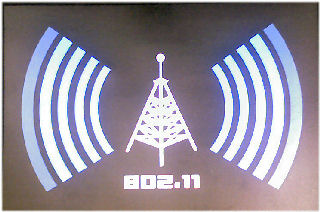
The main camera in my HTC Advantage 7500 (1st generation) went bad about six weeks ago. The rest of the system is fine including the secondary camera next to the LCD. I’ve tried the obvious remedies like wiping the camera lens area and performing a hard reset. Never seen anything like it before. Switching to a 1st generation TyTn until I get an idea of how deal with this problem. Too bad, the HTC Advantage has the best digital photo quality I’ve seen in a Windows Mobile device so far.
